Advertisement
In today's world, many banking tasks that once required a trip to the bank can now be handled through an ATM. However, a common question people still have is: Can you deposit cash at an ATM? The short answer is yes, but it depends on several factors, including your bank, the type of ATM, and where you are located.
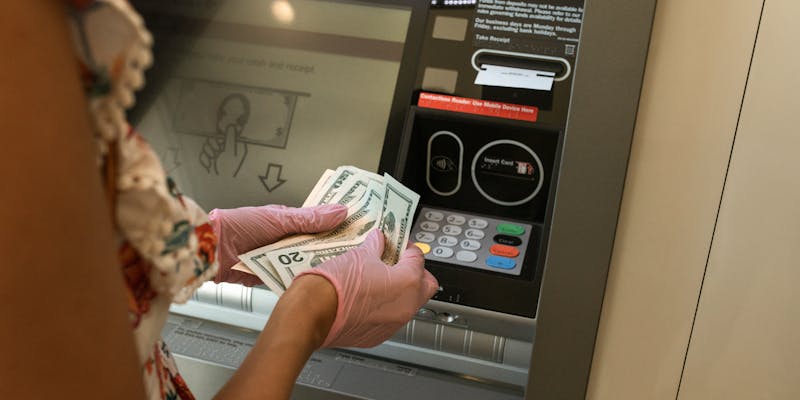
This article will explore all the details you need to know about depositing cash at ATMs, including how the process works, the advantages of using an ATM, and potential limitations.
Yes, you can deposit cash at many ATMs, but not all machines are equipped to handle deposits. ATMs capable of accepting deposits are typically owned by banks and located near or inside their branches. Most major banks now have machines that accept cash deposits, making it more convenient for customers to deposit money without visiting a teller.
However, it's important to know that cash deposit availability depends on your bank and the ATM's location. Some ATMs only allow withdrawals or other transactions like balance checks and transfers. Therefore, before heading to an ATM, you should check whether it supports cash deposits, especially if you're using a third-party machine or one outside your bank's network.
Depositing cash at an ATM is a straightforward process, similar to withdrawing money. Here's a step-by-step breakdown of how it usually works:

Locate a Deposit-Enabled ATM: Use your bank's mobile app or website to find an ATM that accepts cash deposits. Not all ATMs provide this feature, so it's best to confirm before heading out.
Insert Your Debit Card: Once at the ATM, insert your debit or ATM card to access your account. You'll be prompted to enter your PIN as usual.
Select the Deposit Option: After entering your PIN, the ATM will display a menu of options. Select the "Deposit" option to begin.
Choose Your Account: Next, choose the account where you want to deposit the cash. This could be a checking or savings account.
Insert the Cash: Some ATMs require you to place the bills into an envelope, while others allow you to feed the bills directly into the machine. Newer machines are equipped with technology that counts the cash and displays the total amount on the screen for confirmation.
Verify the Amount: The ATM will count the cash and show you the total amount deposited. Confirm that the amount is correct before proceeding.
Complete the Deposit: Once you confirm the deposit amount, the ATM will process the transaction, and you'll receive a receipt.
Depositing cash at an ATM has several advantages, especially for those with busy schedules or when banks are closed. Here's why using an ATM for cash deposits can be helpful:
24/7 Availability: Unlike traditional banking hours, ATMs are available around the clock. You can deposit cash at any time that suits you, even on weekends or holidays.
Convenience: ATMs are located in many easily accessible places, such as malls, convenience stores, and gas stations. This allows for quick deposits without the need to wait in line at a branch.
Faster Deposits: ATMs that are located on-site at your bank usually process cash deposits more quickly than those made at branches, sometimes updating your balance within minutes.
While ATM cash deposits offer convenience, they also come with some limitations and challenges. Knowing these in advance can help you avoid frustration.
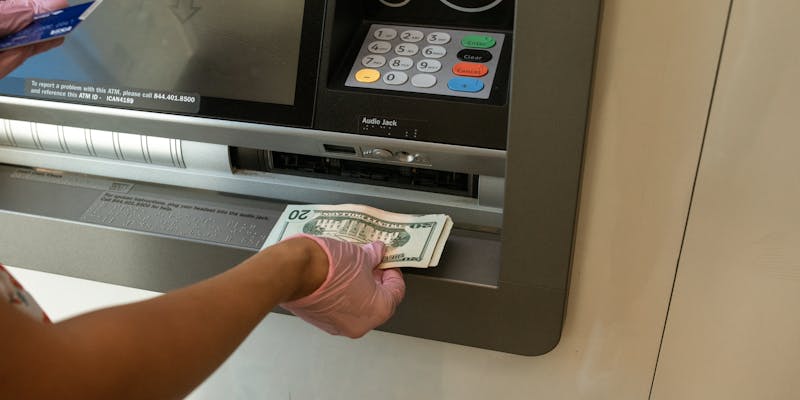
Machine Limits: Some ATMs have restrictions on how much cash you can deposit in a single transaction. If you need to deposit a large amount, you may have to split it into multiple transactions.
Third-Party ATMs: If you're using an ATM that your bank doesn't operate, it may not accept cash deposits. Even if it does, there might be delays in processing, and additional fees may apply.
Potential for Errors: Although rare, ATMs can occasionally miscount your cash or fail to process the deposit correctly. In such cases, you would need to contact your bank to resolve the issue.
Security Concerns: Depositing cash late at night or in a less secure area can be risky. Always use caution and choose ATMs in well-lit, secure locations.
The timing of when your deposit becomes available in your account depends largely on your bank's policies and the type of ATM you're using. ATMs located at your bank's branch typically process deposits immediately or within the same business day. However, if you're using a third-party ATM or one that isn't directly linked to your bank, it could take up to two business days for the deposit to appear in your account.
Some banks also have cut-off times for deposits. For example, if you deposit cash after a certain time in the evening, the deposit may not be processed until the next business day. To avoid delays, check your bank's policy on ATM deposit timing.
So, can you deposit cash at an ATM? Absolutely. Depositing cash at an ATM is a convenient and flexible option for many people. With 24/7 availability, faster processing times, and widespread accessibility, it's no wonder more people are turning to ATMs for their banking needs. However, keep in mind the potential limitations such as machine restrictions, third-party fees, and the processing time that can vary depending on the ATM used. As banking technology continues to evolve, the process will likely become even more efficient and accessible, making ATM deposits a valuable tool for handling your financial transactions in 2024 and beyond.

By Georgia Vincent/Apr 02, 2025
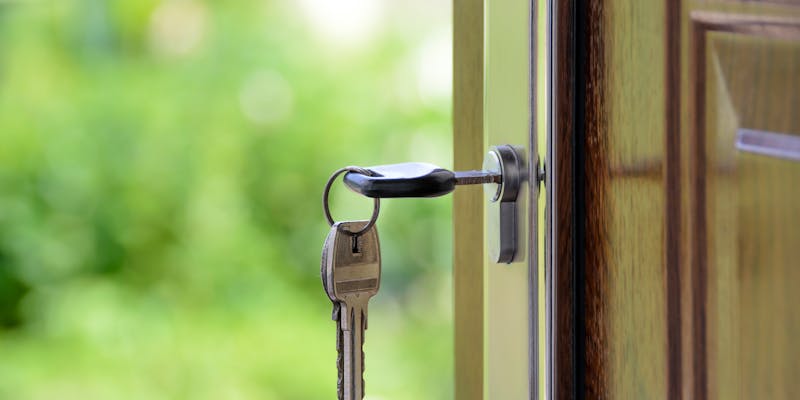
By Susan Kelly/Oct 09, 2024

By Celia Kreitner/Oct 15, 2024

By Isabella Moss/Dec 15, 2024

By Nancy Miller/Apr 16, 2025

By Pamela Andrew/Dec 05, 2024
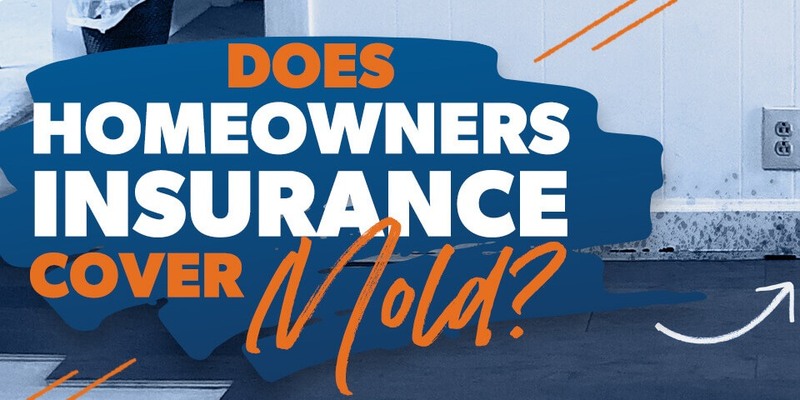
By Georgia Vincent/Feb 28, 2025

By Noa Ensign/Mar 18, 2025

By Maurice Oliver/Feb 08, 2025
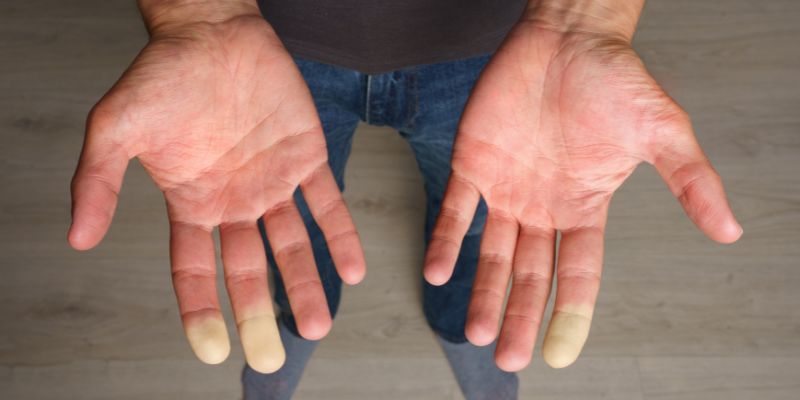
By Noa Ensign/Nov 10, 2024

By Elena Davis/Jan 08, 2025

By Mason Garvey/Dec 15, 2024